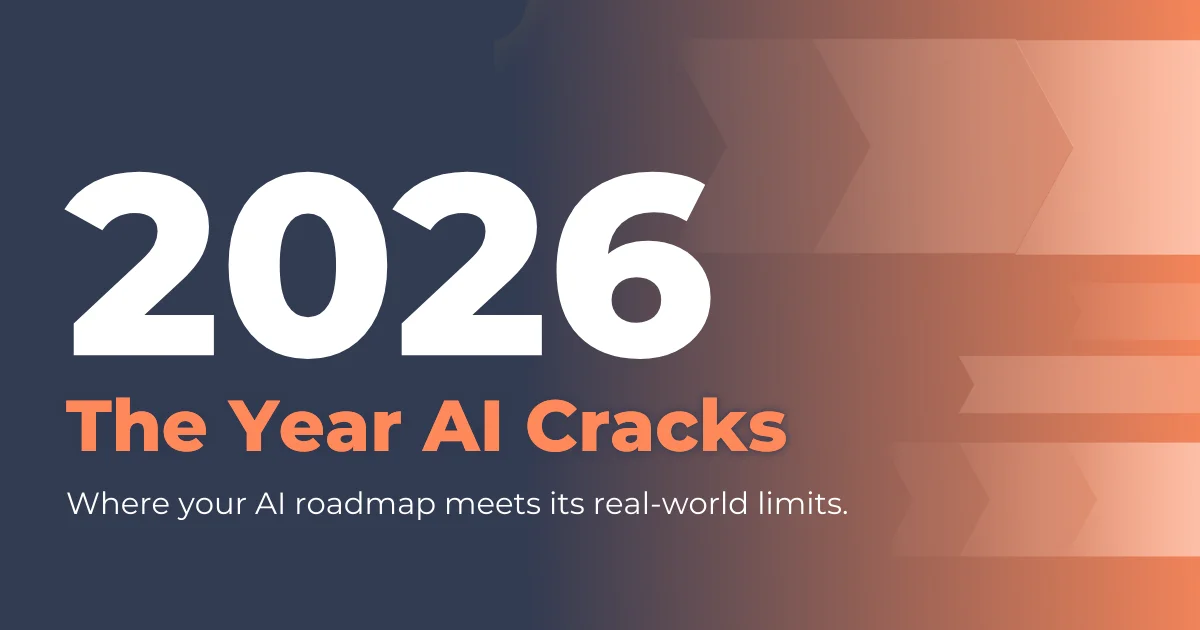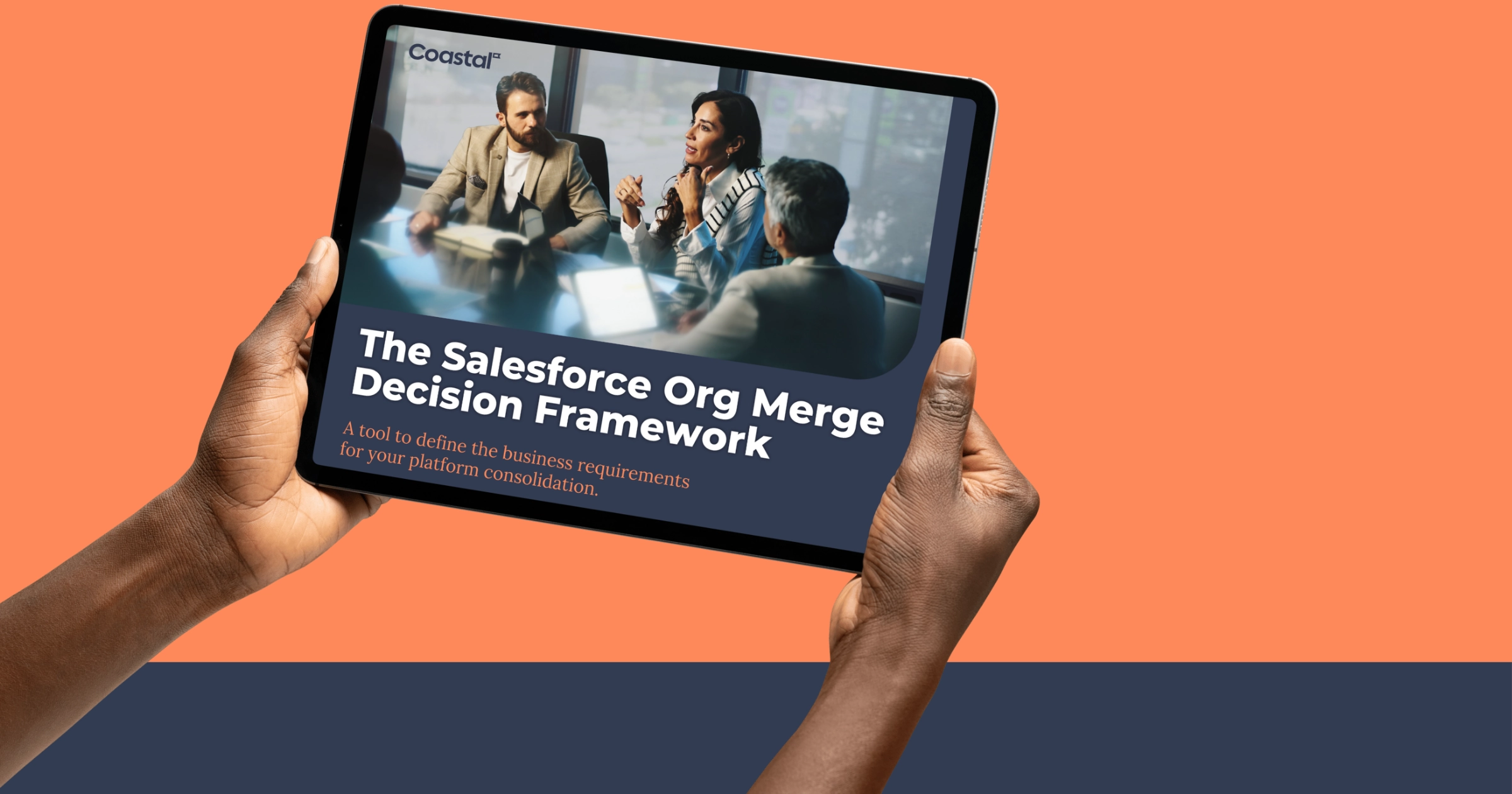For years, Tableau has been the go-to place for analysts to visualize and explore data. But most employees spend their day in Salesforce. That split leaves a gap: Tableau insights don’t naturally appear where people work, and bridging the two often drives up costs and complexity.
That’s where Tableau+ comes in. Tableau+ is Tableau’s premium product: it enhances Tableau Cloud with new capabilities like Tableau Agent and advanced Pulse metrics. And if your organization also uses Salesforce, Tableau+ unlocks Tableau Next—bringing your Tableau Cloud data and dashboards into Salesforce itself.
The result is a single investment that serves both sides: richer exploration in Tableau Cloud, and actionable insights embedded in Salesforce. For the first time, business users can both explore and act on data, with every answer grounded in the same semantic layer.
Activate Tableau Cloud Assets in Salesforce
Zero-copy Through Federated Data Sharing
Most organizations have years of investment tied up in the Tableau platform: published data sources, curated dashboards, and the governance work that went into them. Tableau Next brings all of that forward into Salesforce.
Instead of rebuilding reports or migrating data, Tableau Next uses your existing Published Data Sources as inputs to its semantic models. It’s a zero-copy approach through federated data sharing: the data stays in Tableau, but becomes available inside Salesforce without duplication.
Extend the Value of Past Work
The result is simple: more value from the work you’ve already done. Dashboards stay relevant. Analysts’ past efforts keep paying dividends. And you avoid the overhead of duplicating or replatforming data just to make it usable.
Unify Metrics with the Tableau Next Semantic Layer
Why Definitions Drift
One of the biggest barriers to scaling analytics isn’t the data—it’s the definitions. Finance tracks margin at invoicing, Sales tracks it at booking, and Operations tracks it at shipping. Each definition works in its own context, but across the enterprise, those differences create confusion, waste time in meetings, and erode confidence in the numbers.
How the Semantic Layer Fixes It
The semantic layer in Tableau Next fixes that. It acts like a shared dictionary of business terms: define revenue, margin, or pipeline once, and those definitions flow everywhere—into Salesforce forecasts, Tableau dashboards, and even AI assistants. And it’s not a one-way sync. Semantic models created in Tableau Next can also serve as sources for Tableau Cloud dashboards. Whether you’re in Salesforce or Tableau, you’re working from the same definitions with the same lineage.
Before: leaders debate which number to believe. After: they decide what to do next.
Turn Tableau Pulse Metrics into Actionable Salesforce KPIs
From Disconnected Pulse Metrics…
In Tableau Cloud, Pulse metrics have been innovative but disconnected; they live on a separate page, outside of dashboards.
…to Embedded KPIs in Context
With Tableau Next, those same metrics surface in context: as KPIs at the top of dashboards, embedded on Salesforce record pages, or available as standalone views.
Instead of flipping to a separate metrics page, leaders see KPIs embedded directly on dashboards or record pages, so a forecast trend is visible while reviewing pipeline, or a service metric appears alongside an account. The context makes it clear what needs attention and what action to take next.
Empower Business Users with Tableau Agent and Agentforce
Tableau+ gives business users access to deeper data insights via self-serve analytics, whether they’re working in Tableau Cloud or Salesforce.
Independence in Salesforce with Agentforce
In Salesforce, Tableau Next introduces Agentforce (Concierge). A sales leader can ask, “Which opportunities are at risk this quarter?” and not only see the answer but trigger follow-ups, alerts, or tasks immediately. Independence here means acting on insights in the flow of work, without waiting on another team.
Exploration in Tableau Cloud with Tableau Agent
In Tableau Cloud, Tableau Agent makes exploration easier. Ask “What’s in this dataset?” and it explains the structure in plain language. Ask “Show appointments by postal code” and it generates the map instantly. Describe the logic for a calculation, and the Agent builds the field for you.
Consistency Across Both Environments
Thanks to the semantic layer, the answers stay consistent across both environments. Whether a sales manager in Salesforce asks Agentforce for at-risk opportunities or a business user in Tableau Cloud asks Tableau Agent for revenue by region, they’re drawing from the same shared definitions.
Self-service becomes safe because every query runs through the semantic layer, fast because users don’t wait on analysts, and reliable because the answers match Finance’s definitions no matter where they’re viewed. Business users stop waiting; analysts focus on more complex work.
Why Tableau+ Matters for the Enterprise
Tableau+ makes your existing Tableau investment more valuable, aligns metrics across teams, and puts analytics in everyone’s hands.
- Managers and frontline users gain independence, supported by Agent and grounded in the semantic layer.
- Sales and Finance leaders walk into meetings aligned, not defending competing reports.
- CFOs get predictable costs with federated data sharing, avoiding waste from duplicated data.
- AI initiatives work better: AI is only as good as the data it learns from; Tableau Next ensures that data is consistent and trusted.
This isn’t about prettier dashboards. It’s about removing wasted meeting time debating numbers, giving frontline teams the confidence to act without checking back with analysts, and ensuring executives make decisions based on one consistent version of the truth.
See Tableau Cloud & Tableau Next in Action
The best way to understand isn’t a whitepaper—it’s watching the difference.
In under three minutes, see a Tableau Cloud Published Data Source feed Tableau Next, activate inside Salesforce without duplication, and power a Tableau dashboard with the exact same KPI.
Tableau+ is how you unlock richer exploration in Tableau Cloud, actionable insights in Salesforce, and consistent answers everywhere.



